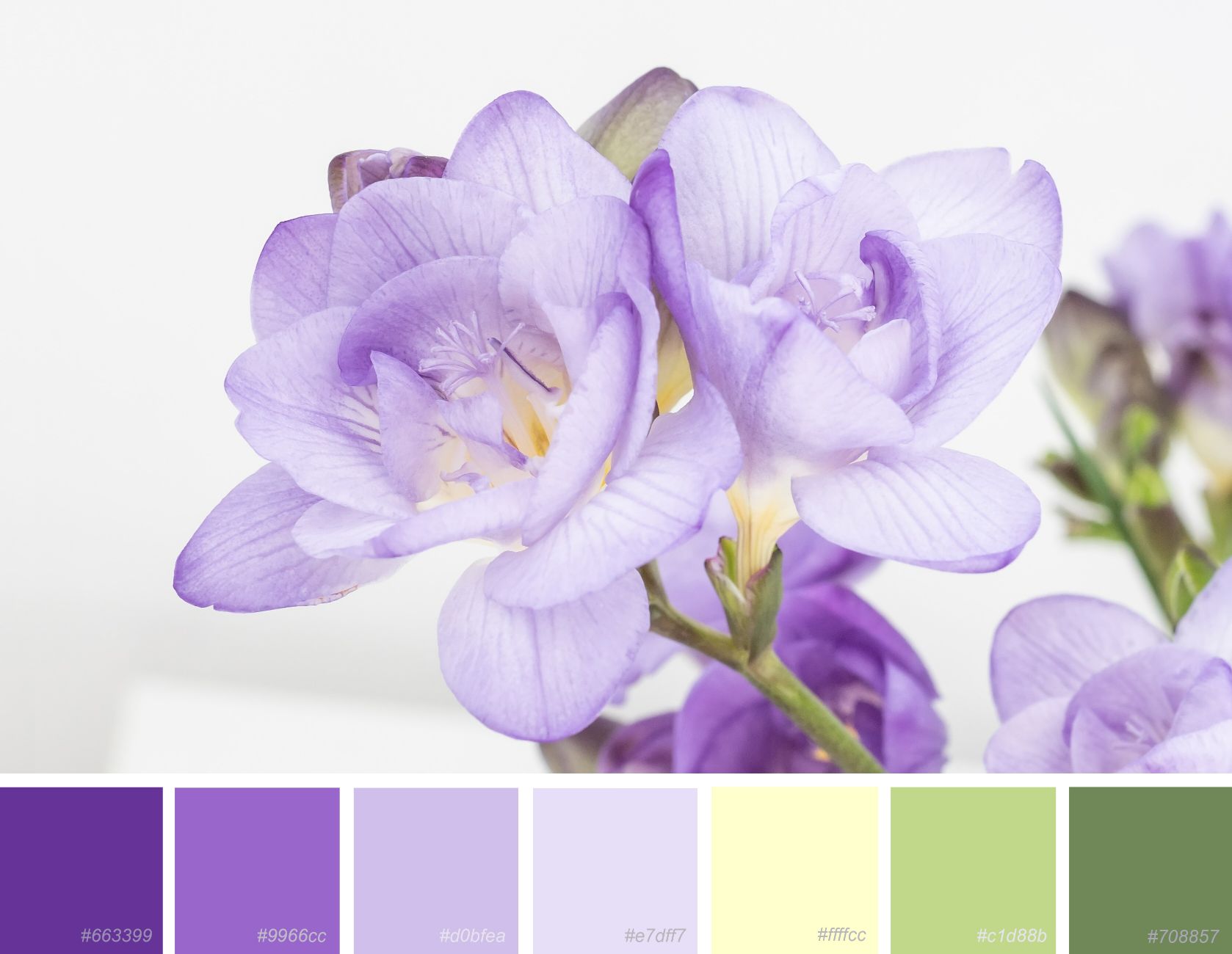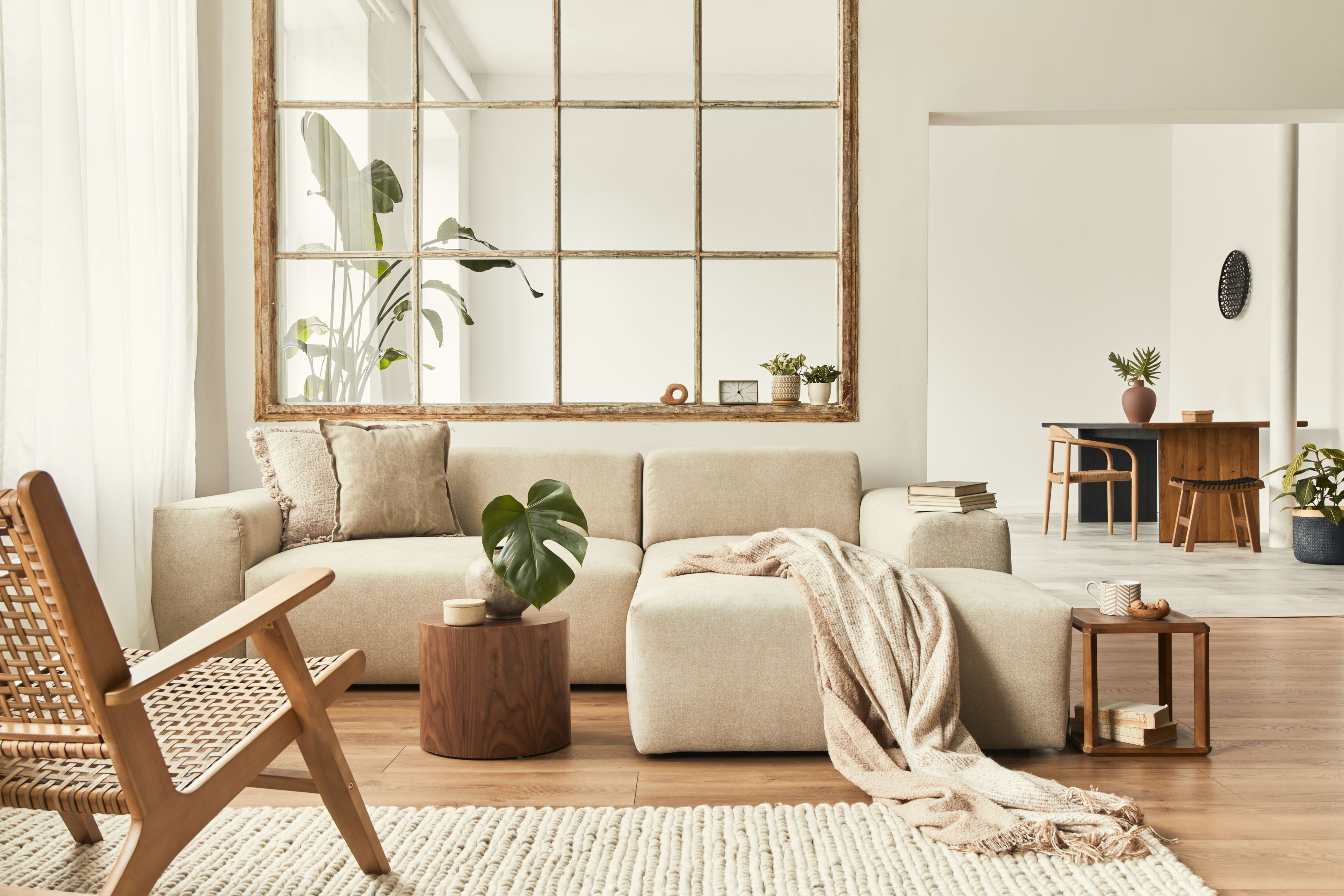Are you searching for a way to bring energy and vibrancy into your spaces? Look no further than the colour scheme. This exciting approach to colour selection can turn any room or canvas into a masterpiece.
What is a Triadic colour Scheme?
A triadic colour scheme involves using three colours that are evenly spaced around the colour wheel. This balanced arrangement ensures a blend of hues while creating an eye-catching contrast.

Key Combinations for Triadic Colours
Primary Triad: The primary colours – red, blue, and yellow—come together to form a trio that injects vitality and liveliness into any space. Imagine a living room adorned with these colours: red accents, blue upholstery, and yellow accessories working in harmony to create an invigorating atmosphere.
Secondary Triad: The secondary colours – orange, green, and purple—offer a more playful palette. These hues can be perfect for children’s rooms as they foster creativity and energise the environment.
Tertiary Triad: Tertiary triads offer a fusion of secondary colours, creating distinctive and elegant combinations. Incorporate shades such as teal and coral to infuse your space with a vibrant ambiance.
How to Use Triadic Colours in Interior Design
Creating a Focal Point: Use one colour as the primary colour and the other two for accents. For example, a bed with blue and abundant pillows can be given red and yellow pillows or art, drawing attention to it and providing a beautiful focal point.
Learn the art of balancing triangles of colours: Balance is key. Distribute your chosen colours evenly throughout the room to ensure a harmonious visual approach. Remember, self-control is the mantra.
Room-to-Room Use: Different combinations of squares are appropriate for different rooms. Use variety to evoke the desired emotions everywhere. For a quiet yet elegant bathroom, consider three shades of blue, orange, and red.
Triadic Colour Combinations in Painting
The colour triangle design is not the only appeal. It also greatly influences the painting industry.

Artists have long used colour to create brightness and depth in their homes through shapes and shadows. The strategic placement of the angular lines adds interest to the composition and creates a sense of balance. Berger Paints’ has a varied colour catalogue that can help you navigate through the process.
Tips for Successful Implementation
Use of Neutrals: While triadic hues are formidable and interest-grabbing, incorporating impartial tones can prevent overwhelming the senses. Neutrals provide a grounding impact, permitting the triad to polish without turning overpowering.
Experimenting with Intensity: Adjusting the depth of the selected colourations can dramatically modify the mood of a space or portrayal. Play with exclusive shades and tones to locate the appropriate stability.
Working with Patterns and Textures: Triadic colours can be included via styles and textures, such as rugs, curtains, or artistic endeavours. These factors can decorate the overall design by adding depth and size.
Conclusion
The triadic shade scheme opens the door to a world of creative possibilities in both indoor layout and portrayal. Its balanced but dynamic nature makes it a versatile choice for those who are trying to infuse their areas and artistic endeavours with a sense of liveliness and visual attraction.
By acquiring expertise in the standards of triadic colouration combinations and exploring diverse applications, you may embark on a colourful adventure that transforms your environment into captivating works of art. However, if you want the experts to take over, Berger’s Express Painting team can get the job done swiftly for you. So, move beforehand, unharness your internal artist, and permit the triadic colourations work their magic. For more interior paint ideas, navigate through our page.
FAQs
What are the triadic colour schemes?
Triadic colour schemes contain three colours that might be evenly spaced across the shade wheel. They create a balanced and vibrant evaluation while retaining harmony.
What is a colour scheme in design?
Tetradic shade schemes use four shades, which commonly include pairs of complementary hues. This scheme offers a greater colour range and may be tough to stabilise effectively in layout.
What is the difference between triadic and tetradic colours?
The principal distinction is the number of colours involved. Triadic makes use of three flippantly spaced colourings, while tetradic involves four shades, often grouped into complementary pairs.
Where is the triadic colour scheme used?
Triadic colour schemes are commonly utilised in diverse design contexts, including photo design, interior design, fashion, and the visual arts. They can create visually enticing and harmonious compositions.


 Get in Touch
Get in Touch
